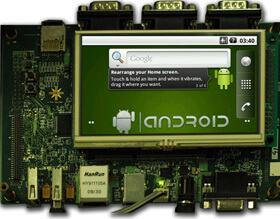
None of us enjoy paying the absurd prices we have to pay for monthly cell phone service. Finally, there is a solution! Most networks have a feature allowing you to call a certain number of contacts, on any network for free, anytime. We’ll exploit this feature allowing you unlimited free cell minutes!
Step-by-Step Tutorial:
- Sign up for Google Voice – Google Voice allows you to consolidate multiple phone numbers, but






